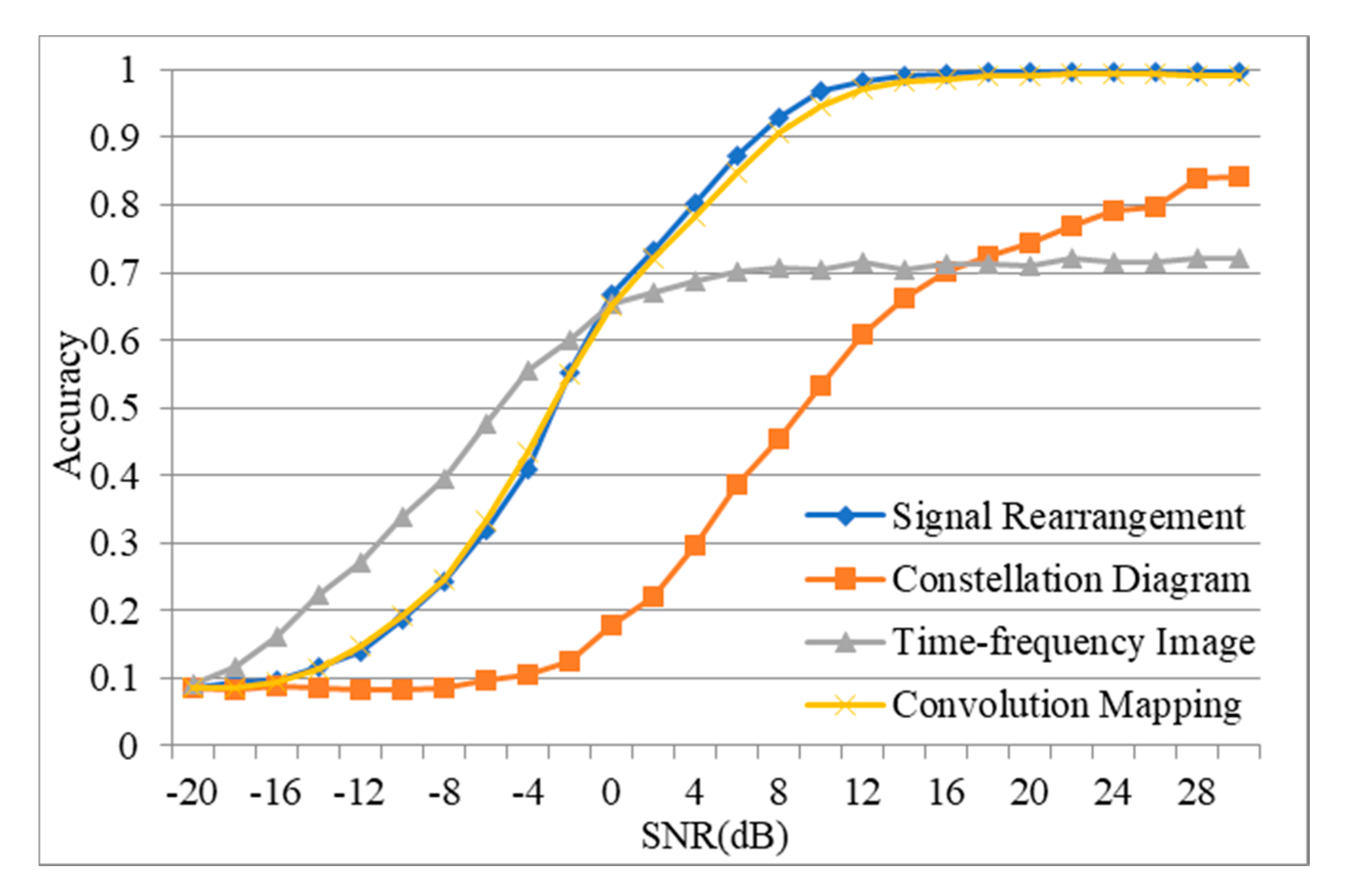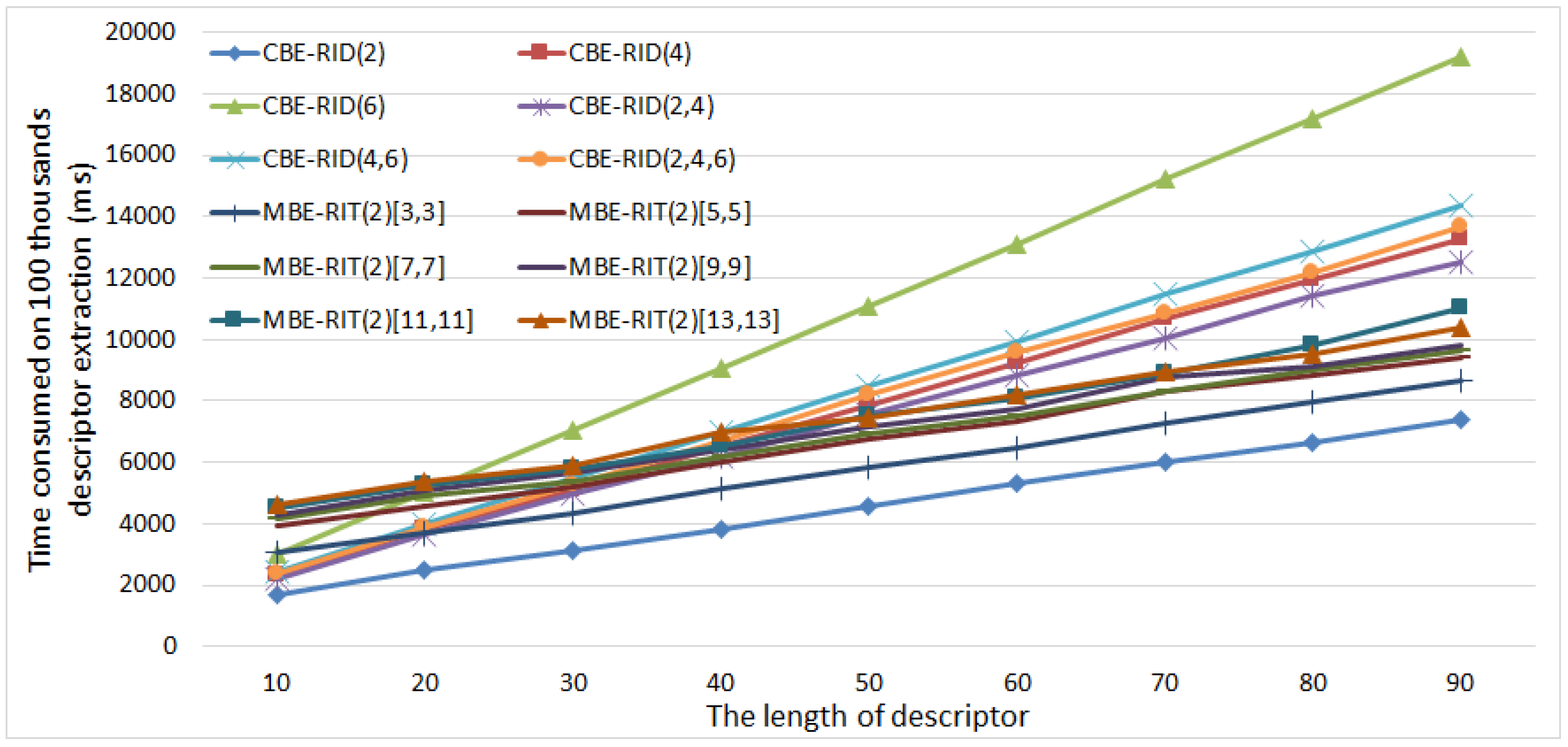
Tools for interfacing Gaussian with other programs, both in compiled languages such as Fortran and C and with interpreted languages such as Python and Perl. Gaussian 16 incorporates algorithmic improvements for significant speedup of the diagonal, second-order self-energy approximation (D2) component of composite electron propagator (CEP) methods as described in. Significant speedup of the core correlation energies for W1 compound model. There are several enhancements to the GEDIIS optimization algorithm.ĬASSCF improvements for active spaces ≥ (10,10) increase performance and make active spaces of up to 16 orbitals feasible (depending on the molecular system). Gaussian 16 uses an optimized memory algorithm to avoid I/O during CCSD iterations.
Rit gaussian software how to#
See the Parallel Performance tab for information about how to get optimal performance on multiple CPUs and clusters. Parallel performance on larger numbers of processors has been improved. NVIDIA K40 and K80 GPUs are supported under Linux for Hartree-Fock and DFT calculations. Generalized internal coordinates, a facility which allows arbitrary redundant internal coordinates to be defined and used for optimization constraints and other purposes. The EOMCC solvation interaction models of Caricato: see SCRF=PTED. New double-hybrid methods: DSDPBEP86, PBE0DH and PBEQIDH.Īdamo excited state charge transfer diagnostic: see Pop=DCT. New DFT functionals: M08 family, MN15, MN15L. Resonance Raman spectra: see Freq=ReadFCHT. Vibronic spectra and intensities: see Freq=FCHT and related options. TD-DFT analytic second derivatives for predicting vibrational frequencies/IR and Raman spectra and performing transition state optimizations and IRC calculations for excited states.ĮOMCC analytic gradients for performing geometry optimizations.Īnharmonic vibrational analysis for VCD and ROA spectra: see Freq=Anharmonic. These techniques yield molecular structures and properties results that are in very good agreement with experiment. In addition, the program’s option to include electronic embedding within ONIOM calculations enables both the steric and electrostatic properties of the entire molecule to be taken into account when modeling processes in the high accuracy layer (e.g., an enzyme’s active site). The ONIOM facility in Gaussian provides substantial performance gains for geometry optimizations via a quadratic coupled algorithm and the use of micro-iterations.

Calibration studies have demonstrated that the resulting predictions are essentially equivalent to those that would be produced by the high accuracy method. This computational technique models large molecules by defining two or three layers within the structure that are treated at different levels of accuracy. ONIOM first appeared in Gaussian 98, and several significant innovations in Gaussian make it applicable to much larger molecules. However, Gaussian’s ONIOM method overcomes these limitations.

Traditionally, proteins and other large biological molecules have been out of the reach of electronic structure methods. Investigating the Reactivity and Spectra of Large Molecules Gaussion can be used to study molecules and reactions under a wide range of conditions, including both stable species and compounds which are difficult or impossible to observe experimentally such as short-lived intermediates and transition structures. Starting from the basic laws of quantum mechanics, Gaussian predicts the energies, molecular structures, and vibrational frequencies of molecular systems, along with numerous molecular properties derived from these basic computation types.


 0 kommentar(er)
0 kommentar(er)
